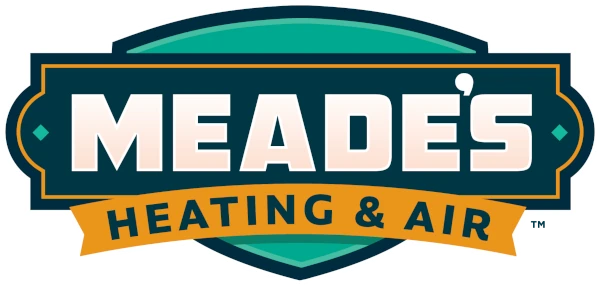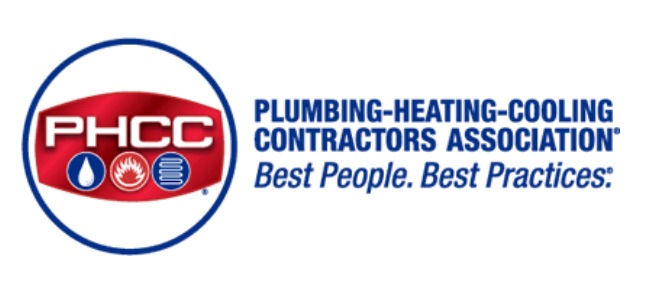One major reason for the popularity of heat pumps is their status as the only type of HVAC unit that can provide both heating and air conditioning. Combined with this versatility, their energy efficiency and overall effectiveness make them an incredible choice. If you’re considering a new HVAC system for your home, be sure to consider the diverse options provided by heat pumps.
How Well Do Heat Pumps Cool?
A heat pump works just as well as a traditional air conditioner. This is because there is zero difference between how heat pumps and central ACs work. Either type of unit will also be just as efficient and should use a similar amount of electricity.
The only way a heat pump wouldn’t cool your home effectively is if it isn’t the right size, but this is also true for standard AC units. Any HVAC unit that is oversized or undersized won’t be nearly as effective and will consume more energy. If you had an undersized or oversized unit, it would also experience far more issues. This means it would need to be repaired more often and not have nearly as long of a lifespan. All these reasons are why it’s so important that you hire a certified HVAC company to calculate exactly what size of heat pump you need for your home.
How Effective Are Heat Pumps at Heating?
Traditional heat pumps may lose some effectiveness in the face of extreme cold. Most traditional heat pumps can only raise the temperature indoors up to a maximum of 30 degrees higher than the outdoor temperature. This means that if the outdoor temperature dropped below 35 degrees or so, a traditional heat pump would no longer be able to keep your home as warm as you want.
Heat pump technology has advanced rapidly in recent years, and most HVAC manufacturers now offer cold-climate heat pumps that can heat effectively in much colder temperatures. Most cold-climate heat pumps can continue working down to temperatures of around -10 to -15 degrees, but the best units currently available can operate down to -22 degrees. This means that you would generally never have issues keeping a home in Northern Virginia warm with a heat pump since we rarely ever see below-zero temperatures.
Why Heat Pump Systems Require Auxiliary Heating
While a heat pump will be able to effectively keep your home warm if the outdoor temperature isn’t extremely cold, all cold-climate heat pump systems must also have auxiliary heating. The auxiliary heating helps to ensure that the home remains consistently warm. It is also there in case the outdoor temperature is too cold for the heat pump to run and serves as emergency heating in case the heat pump ever suddenly breaks down.
This auxiliary heating can be either internal or external. External refers to when there is a separate type of heating, such as a gas furnace. However, most cold-climate heat pumps have internal auxiliary heating in the form of one or two electric heat strips that can put out the same BTUs of heat as the heat pump itself. These heat strips are installed inside of the house in the air handler where the indoor coil for the heat pump system is located.
There are two different reasons why cold-climate heat pump systems need auxiliary heating. The first is that a heat pump will always slowly freeze up when operating in temperatures under 40 degrees. The colder the outdoor temperature is, the quicker ice will start to form on the outdoor coil. When the coil freezes up, the heat pump will no longer be able to pull heat energy out of the air outside. To overcome this issue, all heat pumps have a defrost cycle.
When defrosting, a heat pump temporarily changes from heat mode to cooling. This means it will pull heat from inside the home to allow hot refrigerant to flow through the outdoor coil and quickly melt the ice on it. The defrost cycle will generally only run for 5 to 15 minutes depending on how low the outdoor air temperature is. Nonetheless, the temperature in the home could potentially drop by 5-10 degrees while the heat pump was defrosting if the system didn’t have an auxiliary heat source that runs throughout the defrost cycle.
The other reason that auxiliary heating is necessary is that heat pumps heat more slowly than other types of heating. This is because they don’t raise the temperature of the air flowing through the system nearly as much. The air produced by a furnace is usually around 120 degrees, but the air coming out of a heat pump system is usually only around 20 degrees hotter than the current indoor temperature.
Heat pumps are effective at maintaining a consistent indoor temperature, but they can’t raise the temperature that quickly when running in colder weather. If the outdoor temperature is below freezing, it would often take around a full hour for a heat pump to raise the indoor temperature by even 2 or 3 degrees. This is why the auxiliary heating will always come on anytime the indoor temperature is more than 2 to 3 degrees cooler than your desired temperature. This is just to ensure that the house gets warmer more quickly. Once the building is heated up to within 1 degree of the desired temperature, the auxiliary heating will shut off and the heat pump will continue running as needed to maintain the temperature.
If the auxiliary heat source is a furnace, it will run on its own whenever the indoor temperature is too cold. In a heat pump system with electric heat strips, both the heat pump and the heat strips will typically run simultaneously in this situation.
How Energy Efficient Are Heat Pumps?
Not only will a heat pump be able to effectively keep your home warm, but it will also cost you much less to operate than any other type of heating. Heat pumps are typically around 300% efficient. This means that they produce three units of heat for every unit of electricity they use. All other types of electric heating, including a heat pump’s auxiliary electric heat strips, are only 100% efficient. A conventional gas furnace is only 80% efficient, and the efficiency of a condensing gas furnace can range from 90-98%.
Looking at these numbers, you can immediately see why heat pumps are superior to all other heating options. If a heat pump is properly maintained and working effectively, it should heat your home for around a third of the cost you’d pay if you had a furnace or any other type of electric heat. The only time a heat pump may not work effectively or efficiently is if your home has a lot of air leaks or is poorly insulated. In this case, the auxiliary heating could potentially need to run so much that a heat pump may not be worth the investment.
If you need any type of heating or cooling service in Sterling or the surrounding areas, you can turn to the experts at Meade’s Heating and Air. We install heat pumps as well as furnaces, ACs and ductless mini-splits, and we also offer professional HVAC repair and maintenance services. If you’re considering installing a heat pump in your home, give us a call today to schedule a consultation.




